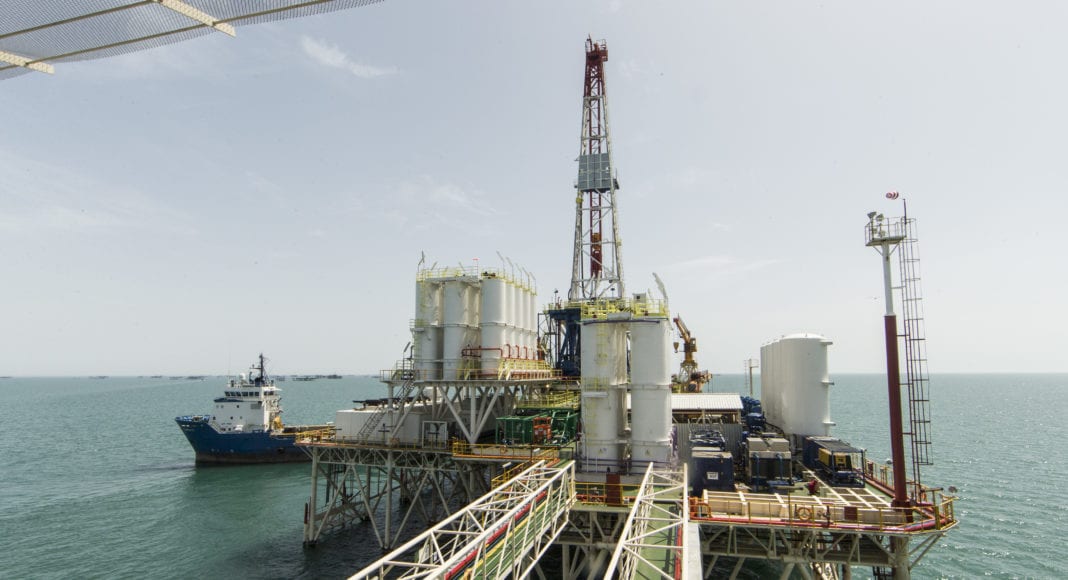The total capital and operational expenditure of exploration and production companies (E&Ps) is now likely to be cut by $100 billion in 2020 and another $150 billion in 2021 if oil prices remain at a $30 level, a Rystad Energy impact analysis revealed – a development that will heavily impact service company revenues, driving some out of the market.
Russia’s decision to walk away from the suggested OPEC+ deal is sending shivers down the spine of the service industry, which had already been troubled by the new coronavirus. After Saudi Arabia started to flood the market, oil prices were sent down to $31 per barrel of Brent and are currently trading at $35 per barrel.
It will likely be a volume war until the next scheduled OPEC+ meeting in June. If no agreement is reached then, E&P companies are likely to slash capital and operational budgets to make up for significantly lower cash flows that are expected this year and the next.
Overall oilfield service (OFS) purchases, which Rystad Energy previously expected to remain flat year-on-year, are now forecasted to drop by 8% this year if oil averages $40 per barrel and by 15% in a $30 per barrel scenario.
If OPEC+ continues the volume war and the countries do not agree on cuts in 2020, and this lasts into 2021, we could see additional 2021 spending reductions of 7% at $40 oil and 11% at $30 oil.
“Now the E&Ps will turn every stone and cancel every single non-revenue-generating activity. In the US shale industry as many as 5,800 horizontal wells could be cut in 2020, which would more than halve the number of wells from the 10,900 planned for 2020,” says Audun Martinsen, Rystad Energy’s Head of Oilfield Service Research.
This means that the shale industry would carry the biggest burden of this supply shock by taking as much as $65 billion of the $100 billion spending reduction expected globally.
The service sector that will feel the pain the most in absolute terms in 2020 is likely to be the well stimulation market, which is estimated to come down by $25 billion. Fracking and proppant companies will have a hard time securing any new work besides already contracted deals and some work related to completing drilled but uncompleted (DUC) wells.
The second-most impacted segment will be other well-related work such as drilling tools, oil country tubular goods (OCTG), rigs, completion and intervention work.
If prices stay low at $30 in both 2020 and 2021 due to a volume war, which Rystad Energy finds less likely, the biggest losers that will see two years of annual market declines will be stimulation services (-30%) and seismic companies (-40%). Engineering work would be limited too, as few new field developments will be planned, and inventories would be emptied for OCTG in an attempt to limit costs.
“Unfortunately, this volume war, if it continues throughout 2020 and 2021, will lead to a massive wave of bankruptcies and consolidation in the service market, whose debt obligations are set to grow 27% into 2021. Companies with low leverage and with healthy order books from past wins in 2018 and 2019 will be able to steer through the storm,” says Martinsen.
There is, however, a hope that a deep downturn could finally complete the much-needed consolidation in the market and create a healthier supply chain when prices recover.
Finally, from the $191 billion worth of greenfield projects that were forecast to be sanctioned in 2020, the ones that will actually see the green light if oil prices average at $40 or less are below $100 billion, with the impact distributed across regions and resource types.




